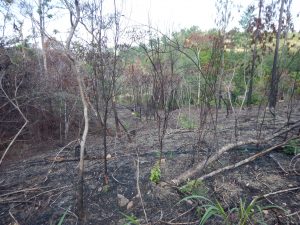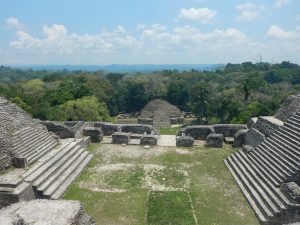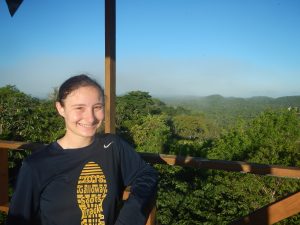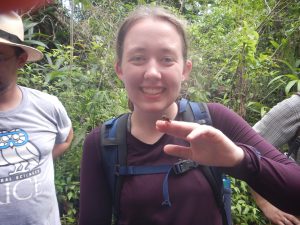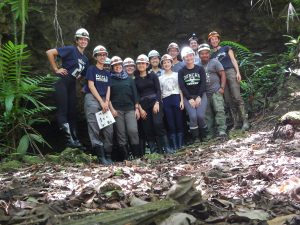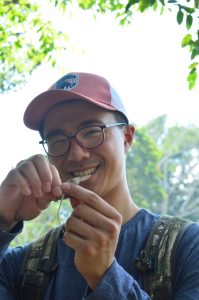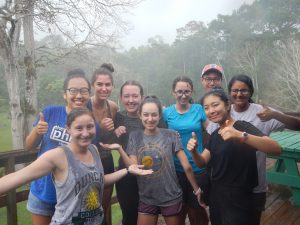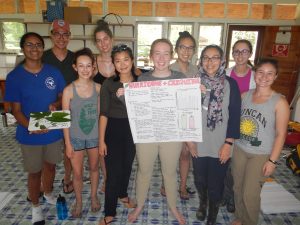It’s a little strange to come to a rainforest and see bare trees. After all, you probably would expect rainforests to stay lush and green all year round. Once you go bird watching, however, you find that the dry season is actually useful. Its really easy to see any bird that would ordinarily blend into the leaves sitting on a perfectly bare branch.
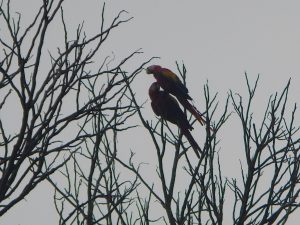
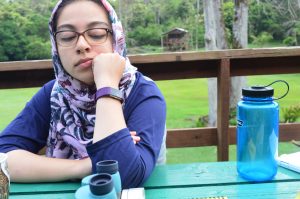
Today we were able to use our Science Skills™ to develop a research project, complete with question, hypothesis and methods. The perfect triad for beginning any scientific investigation. We were wondering how human trails and roads affect the presence of mammals, more specifically, how many mammals come through a human made trail, how many species and how many individuals of each species. So we set up motion-sensing cameras all around the field station, both on and off trails, and in a few days we’ll see what type of mammals show up in our pictures, and see if our theory is correct.
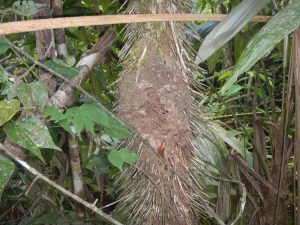
During our hike, I collected many different fruit and leave samples that I found on the forest floor that looked interesting to me. I found a green and brown round shaped fruit, a little smaller than a baseball. They might be the same fruit in different stages of maturity, but to confirm this I need to open the fruit, look at the seeds and do some research, which I intend to do as soon as possible.
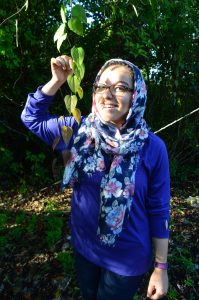
The director of the Friends for Conservation and Development NGO (nongovernmental organization), Rafael, talked to us about what makes the Chiquibul unique, and about all the different threats that are posed to it. It’s very worrying to hear that this beautiful region may soon be deforested and developed. But hopefully, our friends at Friends for Conservation and Development can success in their quest to protect the magically Chiquibul, and all of the trees that keep this ecosystem alive.
Oh also we saw a 25 foot wide leaf cutter ant hill and an enormous boa constrictor. I gotta say the ant hill was slightly more threatening to me than the boa constrictor.



